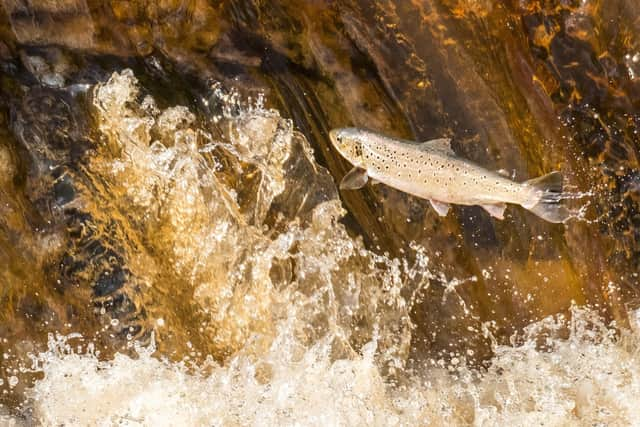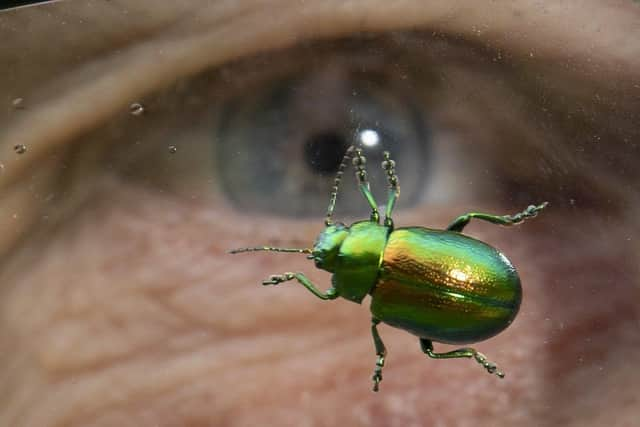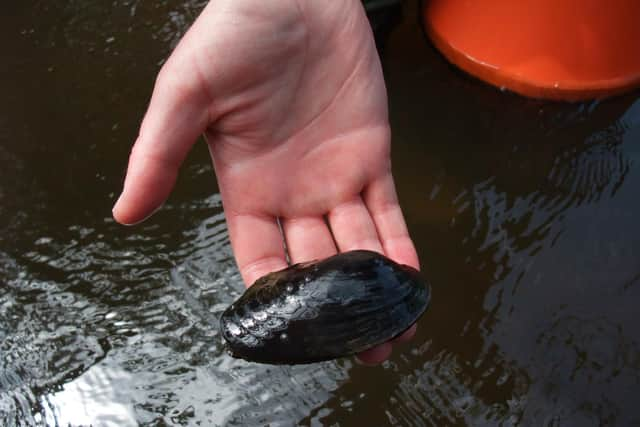Saving the salmon's leap in the North York Moors and rare species in Yorkshire at risk of extinction
Eight projects across the region have been granted a share of £1.5m in Government funding, improving habitats to help wildlife to thrive.
There is to be help for threatened black grouse, dragonflies in the Yorkshire Dales, crayfish and rare orchids. Then helping salmon leap in the North York Moors - and by association the freshwater pearl mussel - as well as with building an 'ark' habitat for the threatened tansy beetle.
Advertisement
Hide AdAdvertisement
Hide AdThe Species Recovery Programme is designed to fund targeted action, with 63 projects nationwide awarded a share of £14.5m.


David Amuzu, of Natural England in Yorkshire, said work in the region will boost the long term prospects for rare species in "internationally important" environments.
“Our wildlife is facing extreme pressures," he said. "It is important we work together to take action to prevent further decline of some of the most rare and endangered species in our region."
Wildlife is facing extreme pressures with the water vole, for example, having seen its numbers decline 90 per cent. Now, at York St John University, work is to create new habitats for the much-loved mammal along the banks of the River Foss. Great crested newts are also to benefit here, while the endangered tansy beetle, known as the Jewel of York for its emerald sheen, is to see new 'ark' habitats to save it from flooding.
Advertisement
Hide AdAdvertisement
Hide AdOther works will look at returning Lamprey to the River Trent, and the white faced darter dragonfly to Swarth Moor in the Yorkshire Dales. Work from Yorkshire Wildlife Trust will look to save the native white-clawed crayfish, creating new breeding sites and food sources, as well as the rare lady’s slipper orchid. And with a grant of over £162,000 to the Game and Wildlife Conservation Trust, threatened black grouse are to be moved to the North York Moors.


One of the biggest grants, of nearly £500,000, goes to the North York Moors National Park Authority (NYMNPA) to boost habitats for Atlantic salmon.
The REStore project will look at barriers to their migration over an 11 miles stretch of the River Esk, making it easier for them to travel to spawn.
In doing so it will also directly benefit the endangered freshwater pearl mussel, which "hitches a lift" upstream as they attach themselves to the gills of the salmon. Once they reach the spawning grounds, they can grow and thrive.
Advertisement
Hide AdAdvertisement
Hide AdMike Hawtin, head of nature recovery projects at the NYMNPA, said: "The River Esk is home to Yorkshire’s last surviving population of the freshwater pearl mussel, so we really are at a critical moment when it comes to securing the future of this fascinating species.


"Conservation is critically dependent on reducing obstacles such as weirs, culverts and road fords that can prevent successful migration of salmon upstream to their gravel bed spawning sites.”